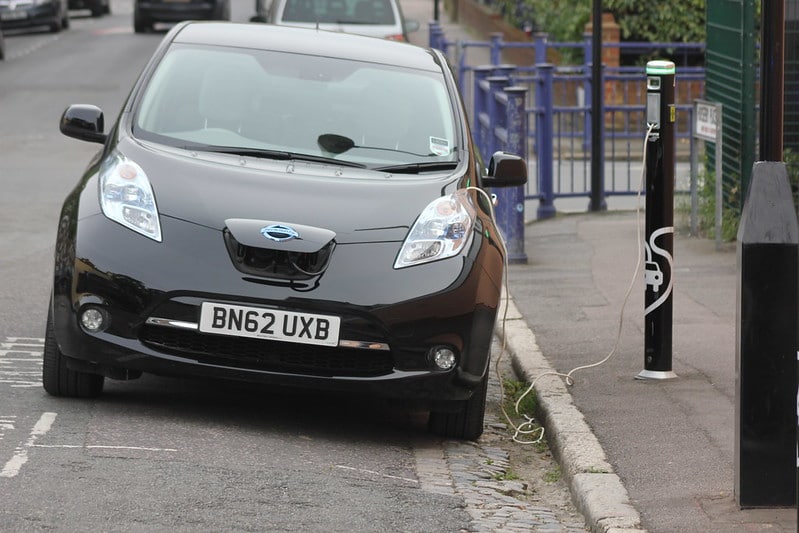According to a new study, the cost of lithium-ion batteries- used to power phones, laptops and electric vehicles- has fallen by 97% over the past three decades, which has helped, and will continue to, drive clean-energy innovation.
—
What is Happening?
- The study, conducted by MIT, was based on a detailed analysis of battery costs and performance. It concluded that the rapid drop in costs is comparable to the decline in the cost of photovoltaic cells for solar cells, which are, according to study co-author Jessika Trancik, an associate professor at MIT’s Institute for Data, Systems and Society, “held up as kind of the gold standard in clean energy innovation.”
- The study noted that there has been great uncertainty over exactly how much the cost of lithium-ion batteries has declined in recent decades, partly due to these numbers being closely held corporate data. However, the study was able to piece together a picture of these price declines by analysing all the published literature on the subject going back 30 years.
- The ongoing decline in costs of lithium-ion batteries will be important developments in the growing electrification of vehicles and the expanded use of stationary batteries, which could help to compensate for the intermittent supply of wind and solar energy.
You might also like: Renewable Energy Landscape in Hong Kong: Utilising the City’s Potential
Trancik adds, “I can’t overstate the importance of these trends in clean energy innovation for getting us to where we are right now, where it starts to look like we could see rapid electrification of vehicles and we are seeing the rapid growth of renewable energy technologies.”
- The authors hope that this study will help define what may be possible in the future: “We’re saying that lithium-ion technologies might improve more quickly for certain applications than would be projected by just looking at one measure of performance. By looking at multiple measures, you get essentially a clearer picture of the improvement rate, and this suggests that they could maybe improve more rapidly for applications where the restrictions on mass and volume are relaxed.”
- They also hope that the study can play an important role in energy-related policymaking.
Featured image by: Flickr

















